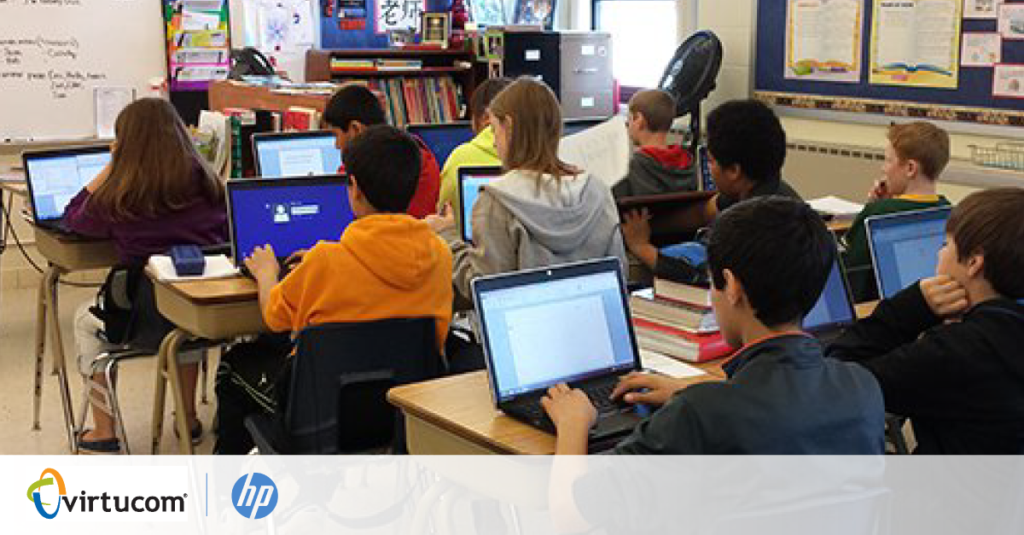Flexibility for students and educators is going to be critical for the next school year
Students and teachers alike learned a lot through the COVID pandemic about the dos and don’ts of eLearning. To overcome the distractions, the distance, and the one-sided nature of interacting online, many teachers got creative: teaching math through a Virtual Reality computer game for example, or simply propping up a whiteboard on a student’s back porch, and teaching through a sliding glass door. For their creative uses of social media to interact with and engage their students, EdTech Magazine says that “teachers may be the next YouTube stars.”
It’s true that challenges abounded as well: literacy targets and math achievement rates have reportedly declined nationwide over the last two school years, and exhausted parents and teachers are worried about children falling behind. In many aspects, virtual learning requires self-motivation and time management skills—not traits that young students can be expected to develop on demand and without guidance and support. And despite enormous efforts in school districts across the country to make eLearning as accessible as possible, there has been a wide technological gulf between affluent students and underprivileged ones.
We can’t yet tell whether school is going to return to “normal” in the fall. If companies like Twitter, which is shifting to a permanent work-from-home policy, are any indication, the new normal may include both in-person and remote working and learning, in a so-called “hybrid classroom”. We should take a good look at the lessons we’ve learned about online learning and communication throughout the course of the pandemic: what is working well, and what needs improvement.
ELearning has enabled creativity to flourish outside of the classroom. A recent study from the University of Mercia investigated whether the online gaming platform Kahoot could use a game-based system to promote motivation, engagement, and learning retention. A sample of undergrad students took game-style quizzes on Kahoot’s platform to test their retention of class curriculum. The study found that students who used Kahoot quizzes to study improved their test scores, and experienced more friendly competition as they competed for the best score. The researchers concluded that “teachers and students should be encouraged to become digitally literate,” and to take advantage of tools like gamification to encourage positive student participation outside of class.
ELearning’s flexible nature gives teachers a variety of ways to offer their students feedback and one-on-one support: virtual classrooms, video chats, and social media channels are now extra tools in the toolbox. This extends to busy parents too, who now have more ways to communicate with their child’s teachers than they may have had before. From Zoom to Microsoft Teams, free video-chat services abound for every type of device and need.
While an increasing number of students have struggled with isolation and loneliness throughout the pandemic, there are ways in which eLearning has encouraged positive interaction and community-building outside of the confines of conventional school. “Instead of being in a classroom and listening to teachers speak for 30 minutes, eLearning students can join an online group/platform and learn together by interacting with their peers,” says Sean Bui, founder of F Learning Studio. Training teachers to better oversee and mentor students in remote collaborative learning could be enormously beneficial.
Given all the tools at our disposal, McKinsey & Company suggests that virtual schools should have video conferencing sessions of no more than 30 to 45 minutes followed by independent work, which should reduce the fatigue of sitting and staring at a screen—as well as give educators time to do small group sessions or one-on-one coaching.
The technology that schools have relied on this past year may not be perfect, but it has enormous potential to improve our education system rather than detract from it. Collaboration tools like Trello, Asana, Clubhouse, Slack, Microsoft Teams, Milanote, and Wimi have made project-management and online working more efficient than ever for teachers and older students. Students of all ages and capabilities have education at their fingertips with tools to improve collaboration, encourage creativity, and invite curiosity.


